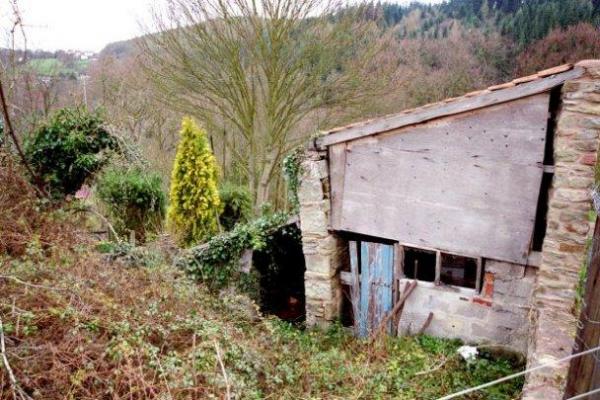Hopewell in Wimberry Colliery
Hopewell in Wimberry (or Wimbelow) Colliery was owned by James Teague in the 1790s, and was in the hands of Peter Teague in 1841, when about 25 tons of coal... Read More
Howbeach Colliery
Howbeach was galed to Moses Teague in 1831. The colliery was also known as Howbeach (or Howbitch) Engine and Dr Teague's Pit. Read More
Joyford Baptist Chapel
Originally built to seat around 50 people the chapel was surrounded on three sides by farmland with the Coleford road to the front. Read More
Lightmoor Colliery
The gale was awarded to Moses Teague and William Crawshay in 1841, although work had begun in about 1832, and there were two shafts by 1835. Read More
Littledean Camp
This earthwork Norman Castle was built in the late 11th or early 12th century. It was called 'the old castle of Dene' in the mid-12th century and gave the name... Read More
Littledean Gaol
Littledean Gaol, just outside Littledean on the Littledean to Elton road, was designed by a leading prison architect of the day on lines suggested by one of the greatest prison... Read More
Lower Forge Lydney
Lower forge may have been in existence by 1606, but it is reasonably certain that by 1632 Sir John Winter controlled a double forge at Lydney Pill. Read More
Lydbrook Colliery
Lydbrook Colliery comprised three gales (Lydbrook Deep Level, Birchen Grove and Pluds'), the history of which are complex. Read More
Lydbrook Deep Level Free Mine
The original Lydbrook Deep Level (SO 606154) was part of Lydbrook Colliery (1866-1917), but a free mine of this name was worked by Mervyn Bradley, who moved to Monument Mine... Read More
Lydbrook Railway Viaduct
Lydbrook viaduct was situated on the Lydbrook branch of the former Severn and Wye Railway, which ran from Serridge Junction, between Parkend and Cinderford, to Lydbrook Junction on the Ross... Read More
 Forest of Dean Local History Society
Forest of Dean Local History Society








